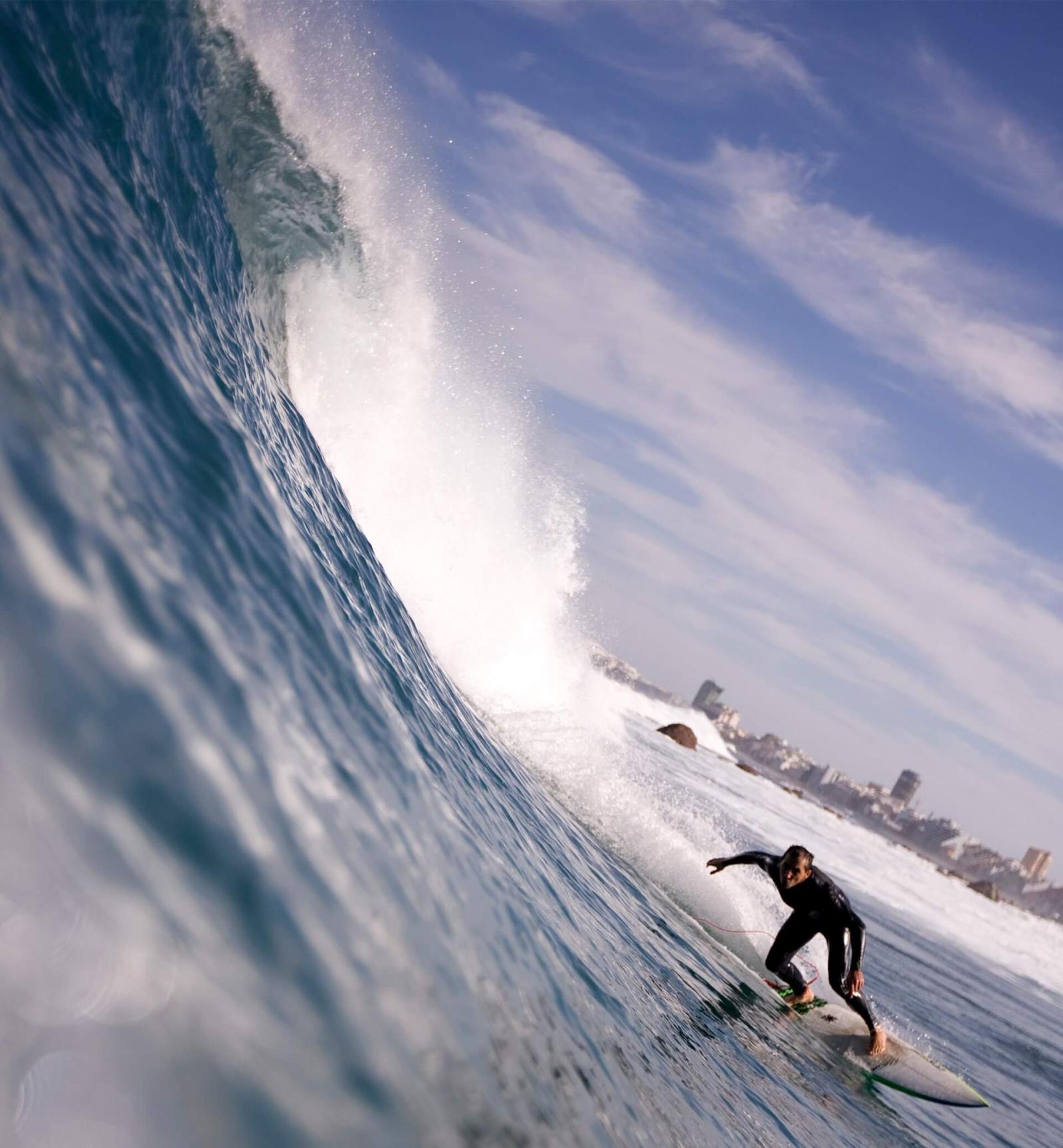Endless days of sun, a stable climate and water temperatures of around 20º. These are the main reasons why professional surfers choose the Canary Islands to for training at any time of year.
The large number of beaches and variety of waves are more than sufficient for the Canarian archipelago to be considered the surfing Mecca of Europe.
On the Canary Islands, you can surf all year round, and although the best time is autumn-winter, there are numerous surfable spots at any given time of year. We propose one per month on the calendar - are you familiar with them?
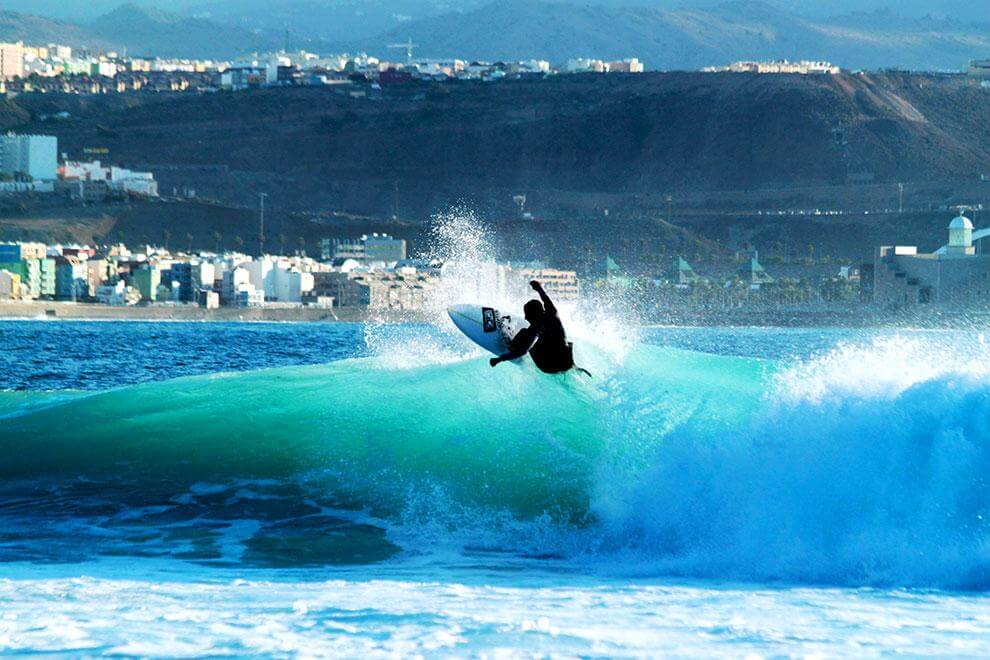
January
Fast, powerful waves predominate here, recommended for expert surfers. Their barrels are famous the world over and on good days, the waves can reach up to three metres.
The beach has a barrelling right-hander, and to enjoy it to the full, it’s best to go from two hours before high tide until two hours after. In February, the water temperature can reach 19º in this area, so a wetsuit with a minimum thickness of 3/2 mm is recommended.
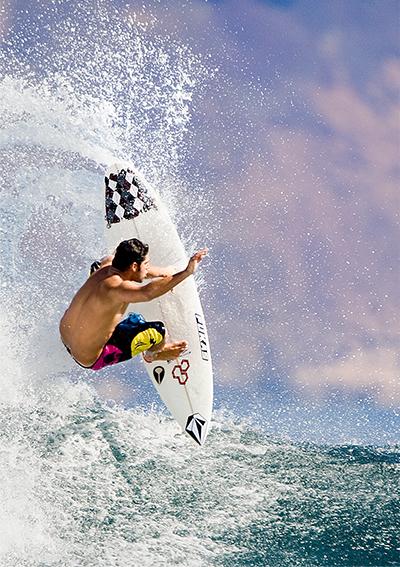
February
The right-hander of the small island of Lobos is unusual, but in optimal conditions, such as in January, when the winds tend to blow from the south and the swell comes from the west, this is a perfect wave in terms of quality, sections and length.
The Lobos right-hander, the longest wave of the Canary Islands, can be up to 500 metres long and runs along the coast until it drops into the sea. Its sections test experienced surfers, who find places for the most radical of manoeuvres in it.
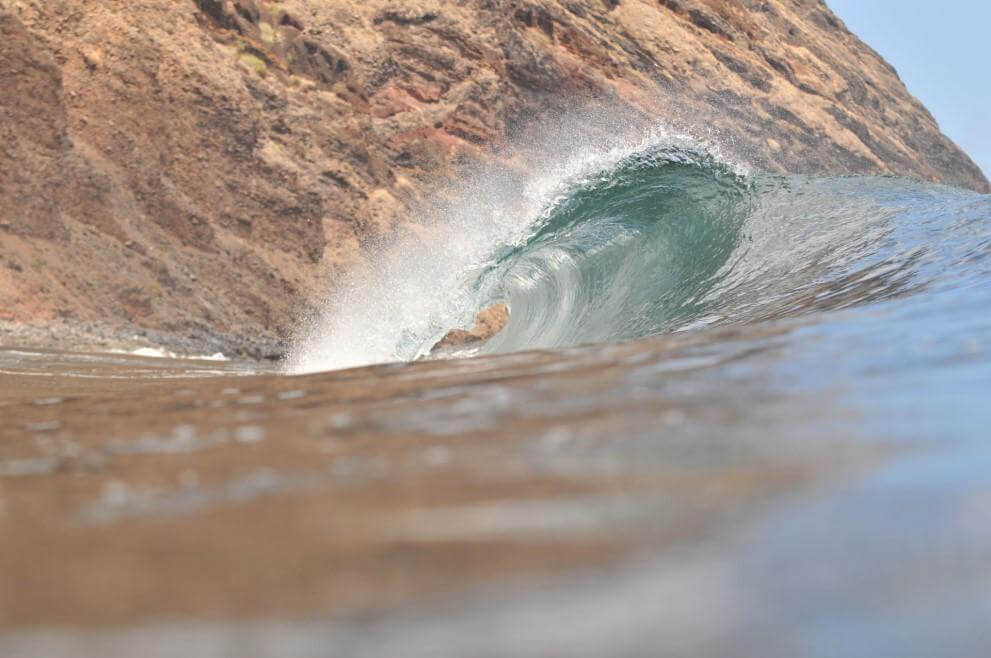
March
Igueste de San Andrés (Tenerife)
Igueste de San Andrés has a left-hand wave on a pebbly seabed with fine sand at the end to delight surfers throughout the year.
It has several sections and on the first peak, known as El Cabezo, surfers ride the barrel and perform big turns until reaching the sandy area.
It works with very heavy seas and intense wind, both from the north-east.
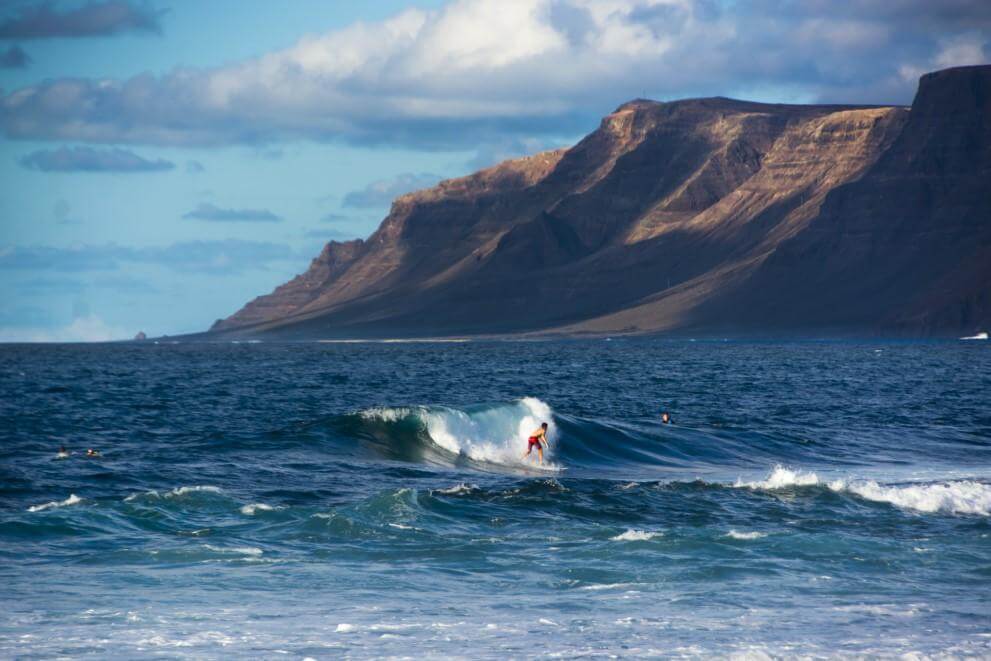
April
Izquierda de San Juan (Lanzarote)
In this part of the island the seabed is a mixture of volcanic rock and sand, creating reefs which offer surfers waves that can be either powerful and fast, or friendly and slow.
It always offers some peaks to challenge surfers of every level, due to the extension and curve of the beach and because it is protected from the trade winds by the island of La Graciosa.
May
El Moro (Fuerteventura)
Located in the heart of the Las Dunas de Corralejo Natural Park, El Moro beach is suitable for surfers of all levels, with quality waves throughout the year.
The best time of year for advanced surfers, though, is during the latter spring months, because this is the season when waves driven by a north-easterly wind are the norm.

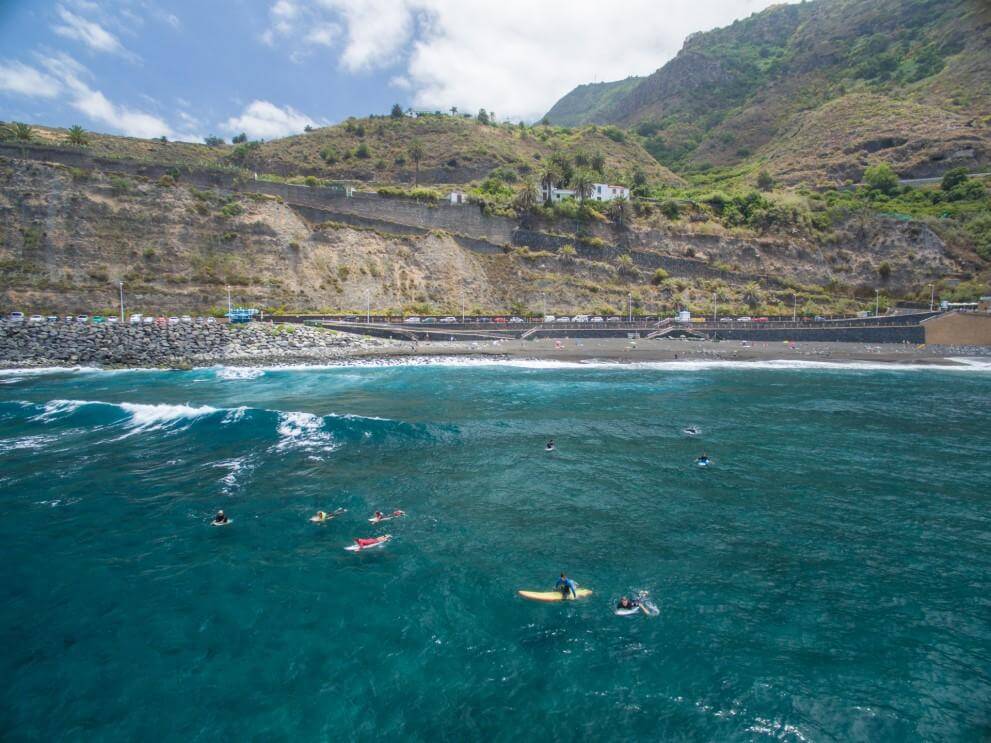
June
El Socorro (Tenerife)
One of the most reliable spots on the island, where one can surf practically all year, as those who frequent it will tell you.
It is located in Los Realejos, and with a north-easterly orientation, it stands up to the groundswell that comes from anywhere in the north of Tenerife. Experts say that the best surfing conditions here occur when the wind blows from the south-west, on left-handed and right-handed waves on a seabed of flat rocks with sand.
It can be surfed at all tides, provided you take the currents into account.
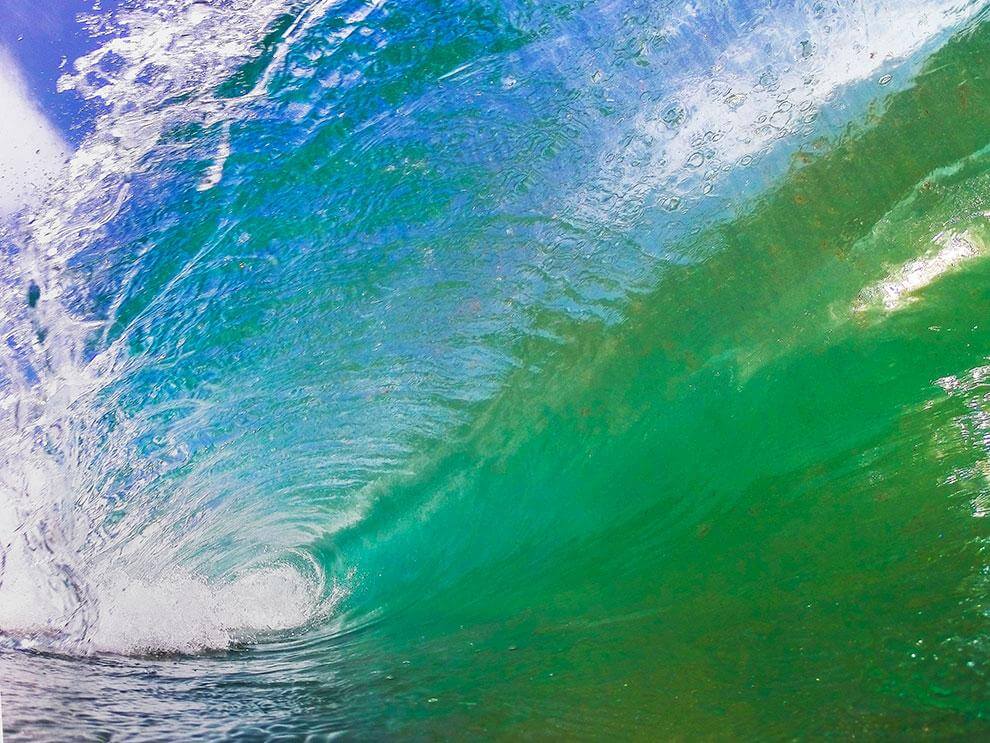
July
El Vagabundo (Gran Canaria)
This is a spot with a sandy bottom or beach break that offers both right and left-handers which occasionally create barrels and ramps when they break, entertaining professional surfers.
It has constant waves and offers the best surfing conditions in summer. The best wind direction is from the south, and the quality of the waves is not affected by the tide.

August
El Burro (Fuerteventura)
In summer, waves are usually affected by the northerly winds, and as a result surfers need to go to the east of the islands to seek out good waves.
El Burro beach, protected from the trade winds from the small island of Lobos and with left-handers on a volcanic reef and sand seabed, is an excellent option.
This is an intermediate spot which works best at low and medium tide, with consistent waves from the north, guaranteeing surfers an intense day's surfing.
September
Mosca point (Gran Canaria)
Offering one of the best left-handed waves on Gran Canaria, and also the longest one. Frequented by bodyboarders, longboarders and surfers, it is highly manoeuvrable and has barrel sections. However, it is not very consistent and only offers good conditions a few days a year, when the swell comes from the north-east and there are westerly winds, so check the weather forecast before attempting to surf here.
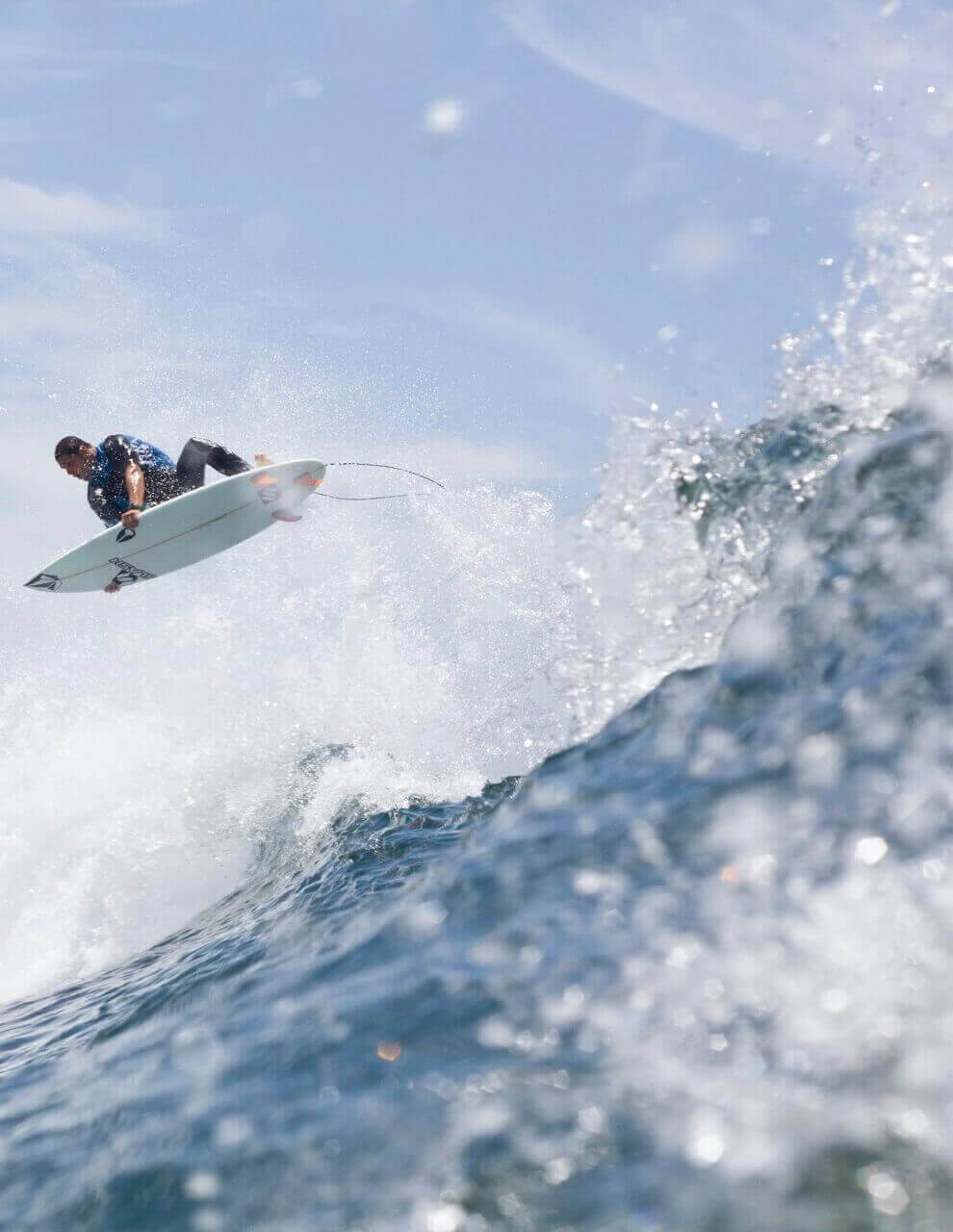
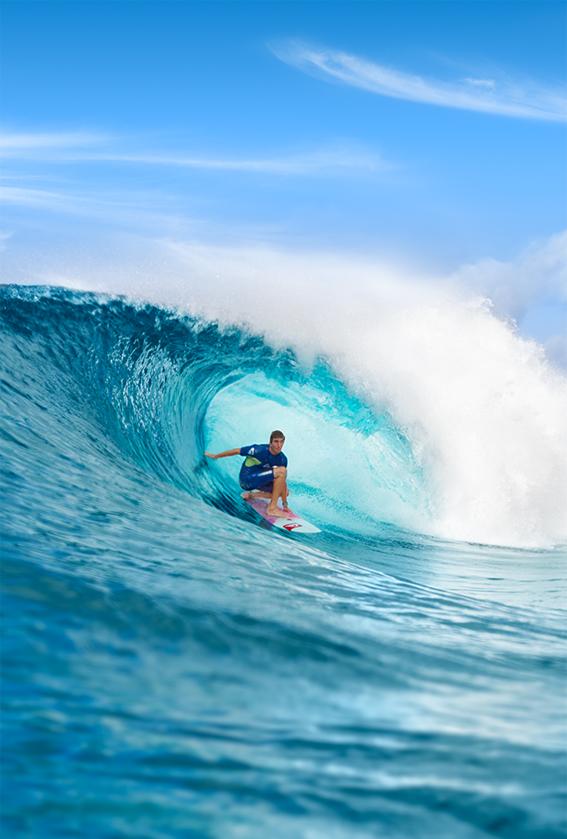
October
Majanicho (Fuerteventura)
Majanicho is where The Bubble is found - a short, explosive right-hand wave that crashes down and breaks on the reef, offering up barrels that are recognised the world over. One of the island’s most famous waves, suitable for experienced surfers only, which works best when the tide is at low or medium ebb.
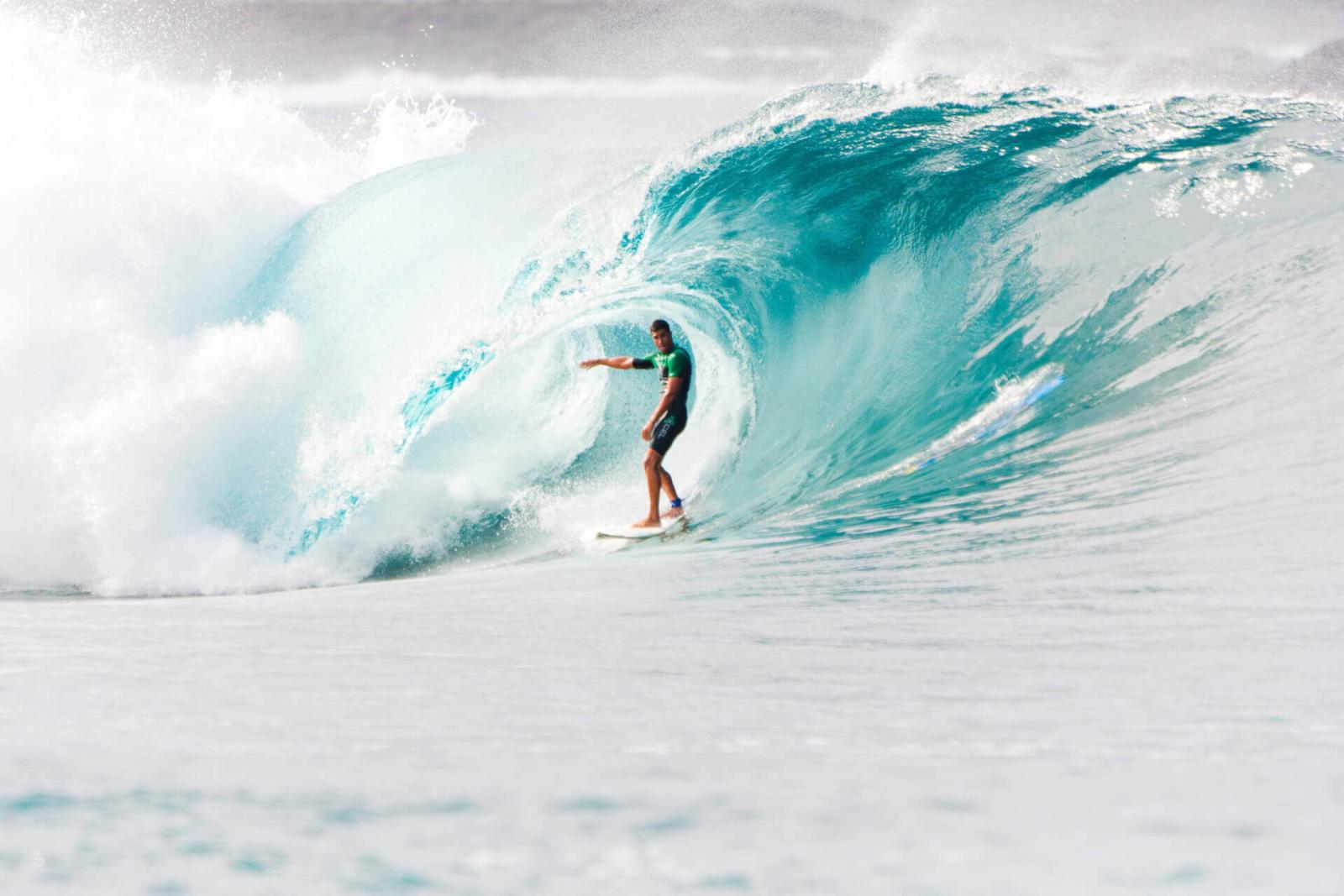
November
La Santa (Lanzarote)
Many people say that the best wave in Lanzarote is found here, but it is dangerous if you are not familiar with it. It gives surfers an explosive, very fast right-hander, as well as a longer, more barrelled left-hander. The best conditions are found with groundswell from the north and a north-easterly wind.
December
Playa de las Américas (Tenerife)
In the south of the island we find the wave known as the Spanish Left, or Izquierda de las Palmeras, one of the most highly-prized waves in the Canary Islands in a place that has been the venue for World Surf League championships.
The wave in question is a long left-hander which can run for up to 100 metres and since this area has 85% probability of larger waves - measuring one and a half metres on average - it can be enjoyed for much of the year.
The favourable wind is from the east, and the direction of the swell is north-westerly. It can be surfed at all tides but barrels are more likely during low tide.
